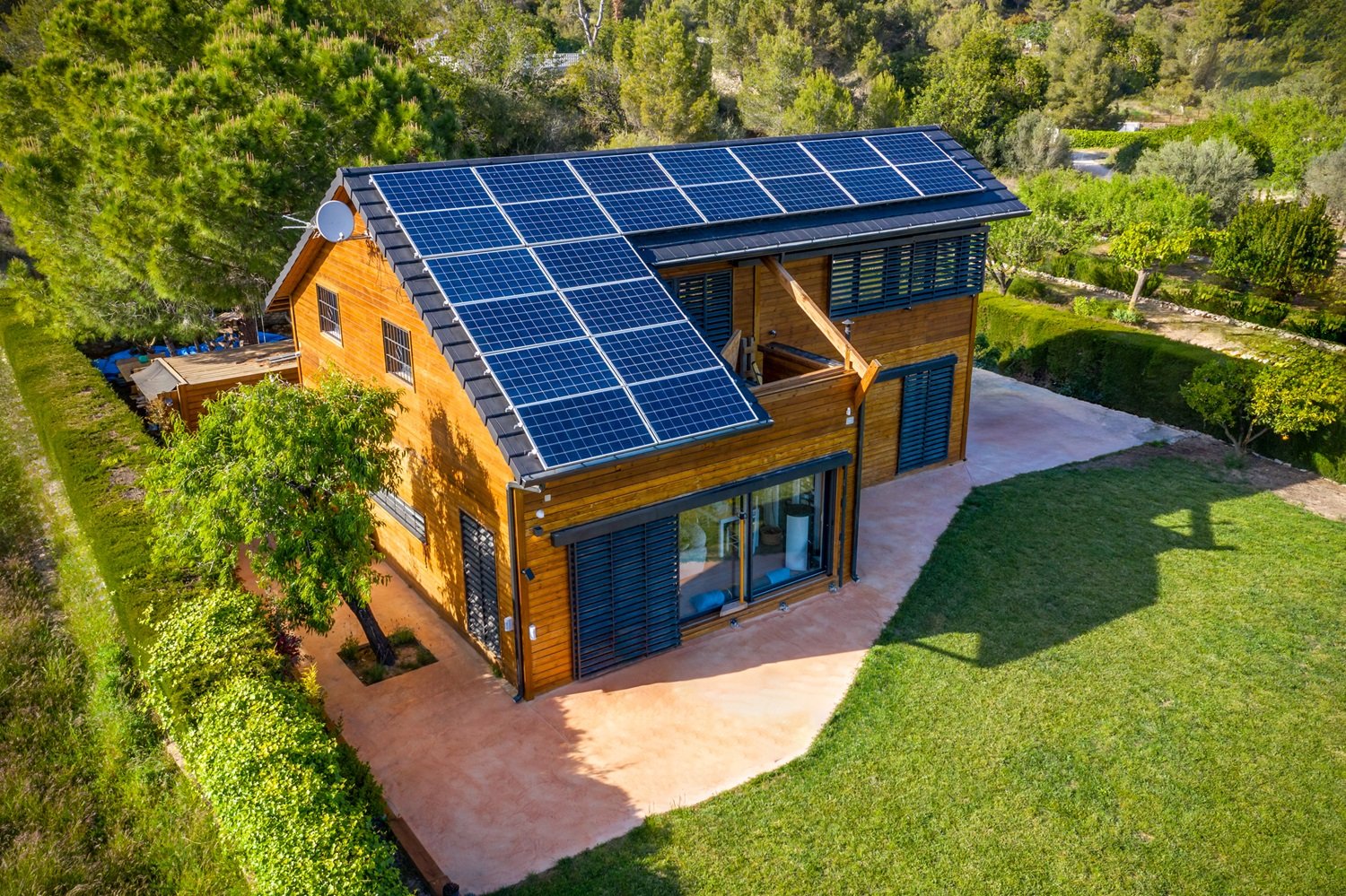
Get matched with top solar panel installers in your area
Enter your zip and get matched with up to 3 pros
Matching on HomeAdvisor


Solar panel installers in High-shoals
No results for Solar Panel Install in
Try adjusting your search criteria.Solar panel installations FAQs
A single Tesla Powerwall provides backup power for essential home circuits for approximately one day during an outage. This duration varies significantly based on which appliances and systems you're powering. Critical loads like refrigeration, limited lighting, internet equipment, and a few outlets might draw two to five kWh daily. With 13.5 kWh of usable capacity, careful energy management is necessary for extended outages unless you have solar panels to recharge during daylight hours.
A Tesla Powerwall can power most residential air conditioners, as its 5.8 kW continuous output handles the three to four kW requirement of standard AC units. However, running air conditioning substantially increases energy consumption, potentially depleting a single Powerwall within several hours. For meaningful climate control during extended outages, multiple Powerwall units are recommended. Solar panel integration helps replenish the batteries during daylight hours, extending your cooling capabilities.
Tesla Powerwalls qualify for the federal Residential Clean Energy Credit, which offers a 30% tax credit through 2032, followed by 26% in 2033 and 23% in 2034. This represents a tax credit (direct reduction of tax liability) rather than a deduction. To qualify, the system must be charged primarily from renewable energy sources. Additionally, many states and utilities offer supplemental incentives that further reduce effective costs. Consult with a tax professional regarding your specific eligibility and filing requirements.
Unlike conventional generators that require fuel, maintenance, and produce noise and emissions, Tesla Powerwalls operate silently and automatically without ongoing fuel costs. While generators can run indefinitely with refueling, Powerwalls have capacity limitations unless paired with solar recharging. Traditional generators cost less initially but require regular maintenance, testing, and fuel storage. Powerwalls offer additional daily benefits through energy bill management and smart home integration features that generators cannot provide, making them multifunctional investments beyond emergency backup.
Tesla Powerwall systems require minimal ongoing maintenance compared to other backup power solutions. Unlike generators with moving components requiring regular servicing, Powerwalls function virtually without mechanical intervention. The manufacturer recommends keeping the unit's surroundings clean and ensuring proper ventilation. For systems paired with solar panels, periodic panel cleaning (costing between $295 and $625) helps maintain optimal charging efficiency. The system conducts automatic self-diagnostics and receives software updates remotely, with most potential issues identified and addressed through Tesla's monitoring capabilities.





- Birmingham
- Phoenix
- Tucson
- Fresno
- Long Beach
- Los Angeles
- Modesto
- Sacramento
- San Diego
- San Francisco
- San Jose
- Denver
- Hartford
- Washington DC
- Fort Lauderdale
- Jacksonville
- Miami
- Orlando
- Tampa
- Atlanta
- Chicago
- Indianapolis
- Louisville
- New Orleans
- Baltimore
- Boston
- Detroit
- Grand Rapids
- Minneapolis
- Saint Paul
- Kansas City
- Saint Louis
- Las Vegas
- Albany
- New York
- Asheville
- Charlotte
- Greensboro
- Raleigh
- Winston Salem
- Cincinnati
- Cleveland
- Columbus
- Oklahoma City
- Portland
- Harrisburg
- Philadelphia
- Pittsburgh
- Providence
- Memphis
- Nashville
- Austin
- Dallas
- El Paso
- Fort Worth
- Houston
- San Antonio
- Salt Lake City
- Norfolk
- Richmond
- Virginia Beach
- Seattle
- Madison
- Milwaukee



